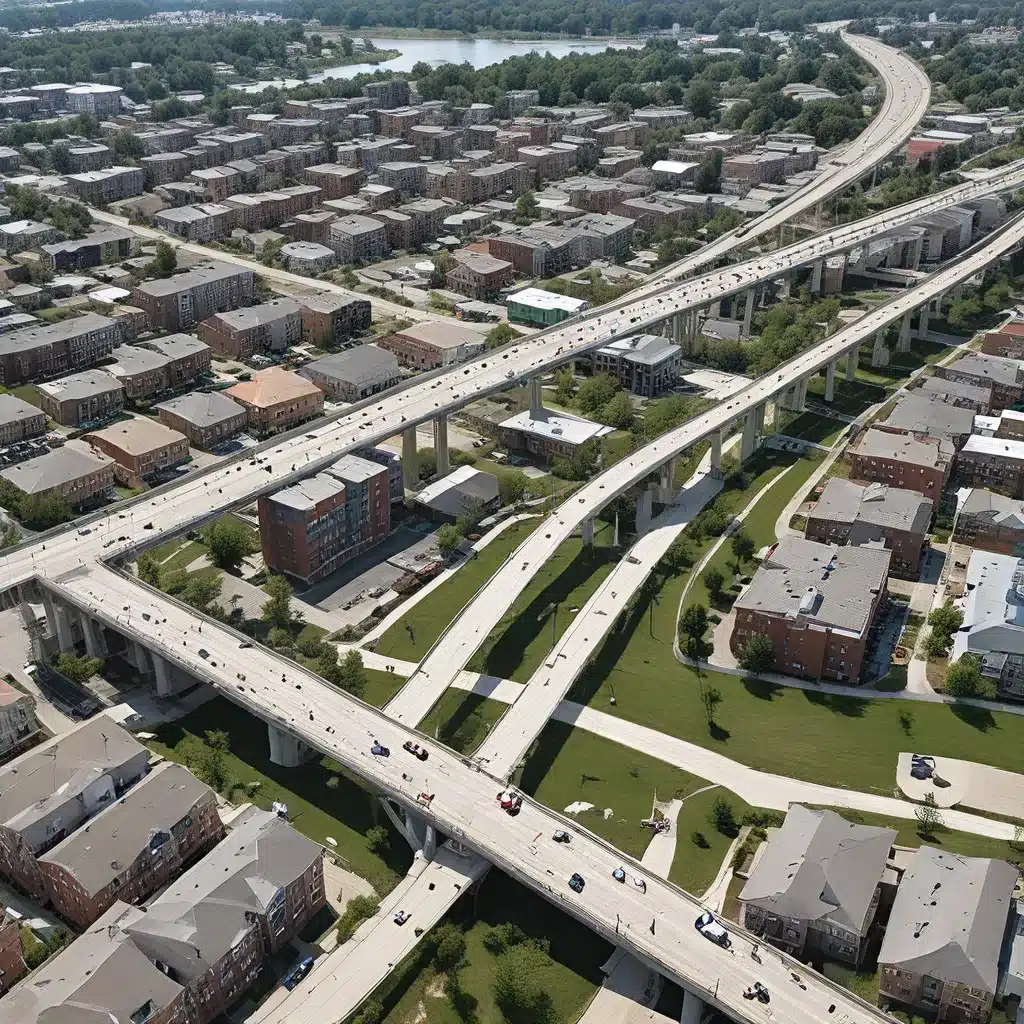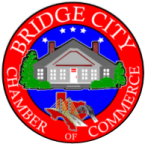
The Affordable Housing Crisis in Bridge City: A Troubling Trend Fueled by Demand and Constrained Supply
Ah, Bridge City – the vibrant economic hub nestled along the riverfront, where the streets buzz with the energy of bustling businesses and the promise of a thriving future. But behind the scenes, a concerning issue has been brewing, one that threatens to undermine the very fabric of this community. The affordable housing crisis has taken hold, leaving countless families struggling to find a place to call home.
Recent reports have painted a sobering picture of the situation in Bridge City. The gap between the number of affordable housing units available and the number of low-income households in need has been steadily widening, creating a chasm that seems to deepen with each passing year. It’s a problem that has deep roots, with the aftermath of the Great Recession and the pandemic’s economic upheaval exacerbating an already dire situation.
But as the old saying goes, where there’s a will, there’s a way. And in Bridge City, the determination to address this crisis has never been stronger. The local government, community leaders, and concerned citizens have all rallied together, each bringing their unique perspectives and expertise to the table.
Tackling the Supply-Demand Imbalance: Strategies for Increasing Affordable Housing Stock
One of the key factors fueling the affordable housing crisis in Bridge City is the mismatch between supply and demand. As the White House has noted, the decade following the Great Recession saw a significant drop in new home construction, failing to keep pace with the growing demand for affordable housing. This problem has only been exacerbated by the pandemic, with Moody’s Analytics estimating a nationwide shortfall of more than 15 million homes.
To address this imbalance, the city has embarked on a multi-pronged approach, leveraging a range of strategies to boost the supply of quality, affordable housing units.
Incentivizing Land Use and Zoning Reform
One of the primary obstacles to increasing housing supply has been the restrictive land use and zoning policies that have long plagued Bridge City. These exclusionary regulations have artificially inflated prices, perpetuated historical patterns of segregation, and limited economic growth. But change is on the horizon.
The city has introduced a series of incentives to encourage local municipalities to reform their zoning and land use laws, making it easier to build a diverse range of housing options, from single-family homes to multi-unit developments. By removing these regulatory barriers, the hope is to unlock new opportunities for affordable housing construction, catering to the needs of families across the income spectrum.
Pioneering Innovative Financing Solutions
Another significant challenge facing affordable housing developers has been the lack of attractive and low-cost financing options. To address this, the city has partnered with state and federal agencies to pilot new financing mechanisms that cater to the unique needs of smaller-scale projects, such as the construction and rehabilitation of single-family homes, duplexes, and accessory dwelling units (ADUs).
These innovative financing solutions, which could include everything from targeted tax credits to streamlined loan programs, aim to make it more feasible for local developers to invest in the types of housing that can truly make a difference in Bridge City’s affordable housing landscape.
Improving and Expanding Existing Federal Financing
In addition to pioneering new financing approaches, the city is also working to enhance the effectiveness and efficiency of existing federal housing programs. By identifying and addressing the pain points that have historically limited the impact of these initiatives, the goal is to unleash the full potential of these resources and accelerate the pace of affordable housing production.
From fine-tuning application processes to forging strategic partnerships with community-based organizations, the city is leaving no stone unturned in its quest to maximize the impact of federal financing tools and bridge the gap between supply and demand.
Preserving Affordability: Safeguarding Single-Family Homes for Owner-Occupants
As the city works to boost the overall supply of affordable housing, it’s also taking steps to ensure that existing affordable options, particularly single-family homes, remain accessible to first-time and first-generation homebuyers. The White House has highlighted the growing trend of investor purchases of single-family homes, which can drive up prices and squeeze out aspiring homeowners.
To combat this, the city has implemented a series of measures to prioritize owner-occupants in the acquisition of these properties. This includes working with local real estate agents to establish “first-look” programs, giving qualified families and individuals the opportunity to purchase these homes before they’re made available to investors. Additionally, the city is exploring the use of targeted tax incentives and other tools to incentivize the preservation of affordable single-family housing stock.
Tackling Broader Constraints: Addressing Material Costs and Labor Shortages
While the city’s efforts to increase housing supply and preserve affordability are commendable, it’s important to acknowledge the broader challenges that have been exerting pressure on the construction industry. The rise in material costs and labor shortages, exacerbated by the pandemic, have made it increasingly difficult for affordable housing developers to keep pace with demand.
To address these obstacles, the city is working closely with private-sector partners to identify innovative solutions. This could involve exploring alternative construction methods, such as modular and off-site building techniques, which have the potential to reduce costs and streamline the construction process. Additionally, the city is investing in workforce development initiatives to build a robust pipeline of skilled construction workers, ensuring that affordable housing projects can move forward without being hampered by labor shortages.
A Collaborative Approach: Empowering the Community to Drive Change
At the heart of Bridge City’s affordable housing strategy is a deep commitment to collaboration and community engagement. The city recognizes that solving this complex challenge requires the collective efforts of various stakeholders, from policymakers and developers to grassroots organizations and concerned citizens.
To this end, the city has established a dedicated “Affordable Housing Task Force,” bringing together representatives from across the community to share ideas, identify best practices, and champion innovative solutions. This cross-pollination of perspectives has been invaluable in shaping a comprehensive, multifaceted approach to addressing the affordable housing crisis.
Moreover, the city has made a concerted effort to empower local residents, providing them with the tools and resources they need to become active participants in the process. From educational workshops on navigating the housing market to community-driven design initiatives, the goal is to foster a sense of ownership and investment in the solutions being implemented.
A Brighter Future for Bridge City: Envisioning a More Equitable and Inclusive Community
As I reflect on the challenges and opportunities that lie ahead, I can’t help but feel a sense of cautious optimism. The affordable housing crisis in Bridge City is a complex, deeply rooted problem, but the city’s unwavering commitment to addressing it head-on is truly inspiring.
By tackling the supply-demand imbalance, preserving affordability, and addressing broader constraints, Bridge City is laying the groundwork for a more equitable and inclusive future. And with the community’s active engagement and a collaborative spirit, I believe the city is poised to emerge as a national model for how to bridge the gap between affordable housing needs and sustainable solutions.
Of course, the road ahead won’t be without its obstacles, but the determination and innovation I’ve witnessed in Bridge City give me hope that this vibrant community will rise to the occasion. After all, as the Housing Europe report so eloquently states, “where there’s a will, there’s a way.”
And in Bridge City, the will to create a more equitable and inclusive future for all its residents has never been stronger.


